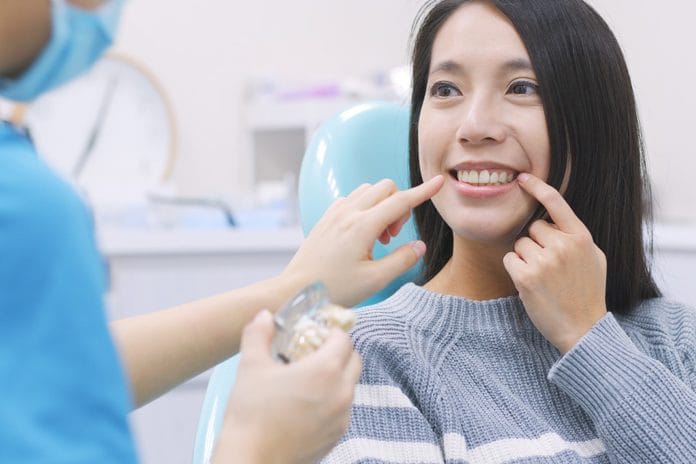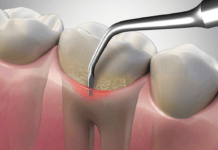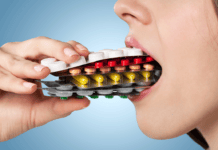We hear about seemingly difficult patients quite often. “My patient was so difficult.” “I can’t believe my patient would possibly tell me he is OK with such poor oral health!” We may even be guilty of making some of the preceding complaints.
As clinicians, the care we provide is reliant on the amount of success we can achieve in gaining compliance from our patients. When we feel we’ve encountered a patient who just won’t cooperate, our first reaction is to blame the patient. However, even though there will be some patients who simply refuse to take oral health instruction seriously, most patients that we encounter can be coached through creative means of communication.
A quality oral health assessment and prophylaxis is only part of the puzzle. The puzzle also includes how we choose to teach our patients about their oral care, as well as how they choose to apply our suggestions to their daily habits. Regardless of a patient’s needs, education should always focus around evidence-based practices, and the reason is two-fold:
- Evidence-based patient education ensures methods being taught have been tested and proven through scientific means with consistent results. Additionally, by providing suggestions based on professional experience and combining them with evidence-based data, we have the chance to build on our credibility with patients.
- Patients have the opportunity to conduct their own research about the information we provide regarding evidence-based oral hygiene habits. Our education prepares them with the basic knowledge needed when comparing advertised products or health practices.
Making Sure Patients ‘Get It’
In an ideal world, we would encounter no resistance or reluctance among our patients as they adopt our suggested oral care habits. Of course, that is not reality. How do we manage communication with patients who just don’t seem to get it?
1) The first thing to remember is that you are in charge. As a licensed professional, remember that you have been empowered by the hard work and time you’ve spent acquiring your license as a registered dental hygienist.
Own that empowerment and take charge. You have the chance of changing a person’s perspective on oral health as well as overall health. In my experience, I can see their eyes light up as they tell me how much better they feel when patients return for care. I can see how much their confidence has improved as a result.
2) Don’t hesitate to ask questions. People can be ashamed that they have poor oral health, but many times, they will not be the first to tell you. Think about a time when someone close confided in you about a sensitive situation. How did you talk to them?
Think about the tone of voice you used when you asked questions. More than likely, you tried to find ways to make them feel like everything would be OK, that their situation has solutions, and that you would be there for them to help.
The same can be said when educating our patients. The benefits of empathy include building different types of relationships with patients. For example, if we want to encourage someone to quit or cut back on tobacco use, leading off with a scolding tone of voice will likely cause them to put up a wall. Additionally, an open-ended dialogue is going to give clues to the patient’s background, lifestyle, fears, etc., that contribute to their current health status.
3) Body language: Nonverbals, nonverbals, nonverbals. Maintain eye contact when talking, and while listening, show you’re not simply going through the motions. Maintaining eye contact allows the other person to feel that you are genuinely engaged in the conversation, encouraging them to build trust with you.
If you’ve encountered an irate patient, do not give in, and try to counter their anger as it will only cause the situation to escalate. That’s not to say that you shouldn’t stand your ground and be firm in your communication. Just remain professional.
4) Keep your resources handy. Remember that much of what is covered during the conversations will be forgotten.
As mentioned, evidence-based research is an important part of evidence-based research. Your resources can be printed and given to your patients to take home for reinforcement. Encourage them to call the office if they have any more questions.
Let’s apply these suggestions to some of the modern-day dental issues such as electronic nicotine delivery systems (ENDS) or holistic oral care such as essential oils. What do you say to a patient who reports using a new product you’ve never heard of? How do you avoid discouraging them while still ensuring they are making educated decisions about their health? Perhaps they claimed to have already conducted some research. Reassure them that they should continue to strive to make educated decisions but also to keep in mind that information is available anytime and anywhere, which means that not all information is equally reliable. Offer to do some research of your own and follow up at a later date.
As always, refer to your tried-and-true resources such as those we learned during dental hygiene school. Most of these resources knowledgeably discuss many up-and-coming products and dental hygiene practices. The suggestions above, combined with reliable information and resources, can set the stage for our patients to feel comfortable in adopting our advice and ultimately achieving and maintaining their best state of health.
Before you leave, check out the Today’s RDH self-study CE courses. All courses are peer-reviewed and non-sponsored to focus solely on pure education. Click here now.












